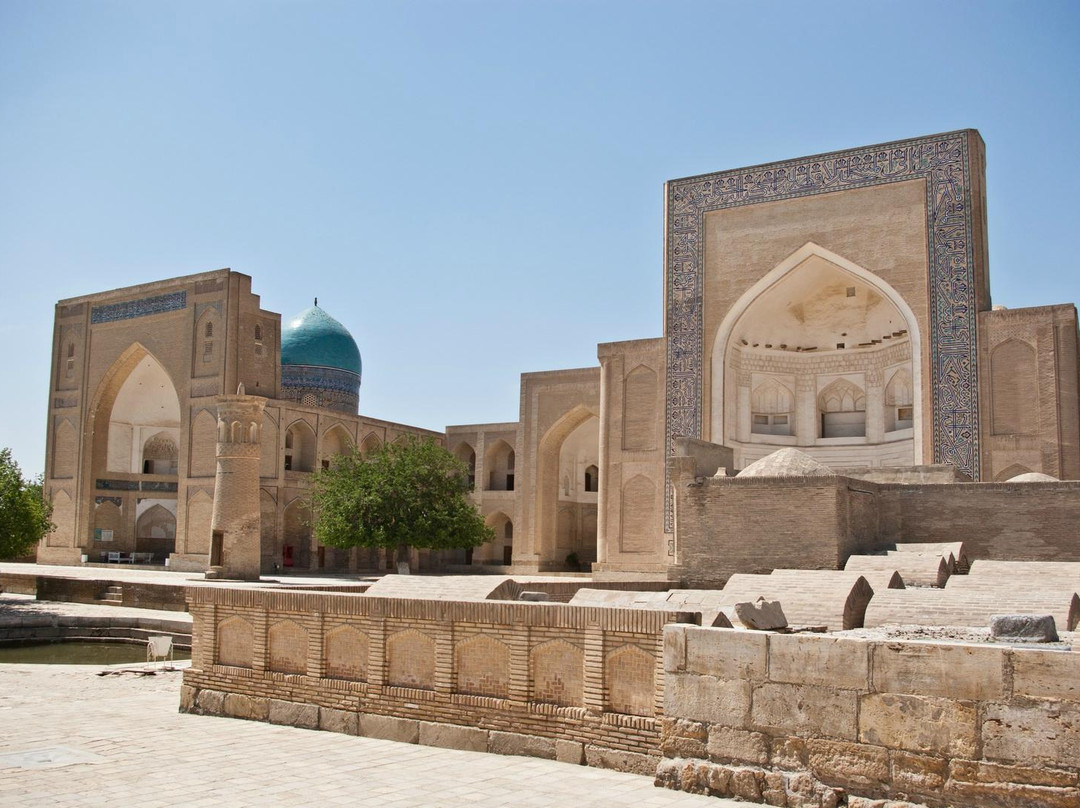遗产数据库
乔巴克尔大墓地Chor Bakr Necropolis
The architectural complex is a testimony of a religious tradition of late Islamic period of Central Asia and an example of the process of local logically continuation of it, starting in a late period of the ancient Silk Roads. At those times mausoleums and necropolises were being built for revered people, and ever since people have wanted to be buried next to them. It is the biggest Necropolis complex in Bukhara region and has a unique planning of internal space.
Description
Memorial complex of Chor-Bakr has developed in the place of the prospective burial place of Abu-Bakr-Said who has died in 360 year by Muslim Calendar (970-971 A.D.) - one of the four of Abu-Bakrs (Chor-Bakr) - descendants of the Prophet Muhammad. At the tomb "sacred" appeared the necropolis of family tombs, constructed court yards enclosed with walls.
In 1858 Adullahan II, in gratitude for support and help at his accession, has started to build the complex of buildings (khonaqo and mosque) for Djuybarsk sheikhs near the tomb of their ancestor, connecting road of Bukhara with "Chor-Bakr". The necropolis continued to develop, and its new composite center became buildings of khonaqo and mosque, erected between them in two stages of khudjra. All constructions of the complex are erected above family burial places of Djumbarsks' sheikhs. Finally, the memorial develops at the beginning of the XX century when the small minaret is erected on the area before the basic constructions.
Many constructions of ensemble have richly decorated polychromatic by the tiles.
In many courtyards above burial places, marble gravestones with epigraphic inscriptions and groove of the vegetative and geometrical ornament are installed.
The structure of ensemble includes 25 constructions - khonaqo, mosque, ayvan with khudjras, darvazahana, minaret and 20 small objects - courtyards - burial places with the dome coverings, separately standing portals. The territory occupies both memorial and ancient cemetery equal to 3 hectares.

